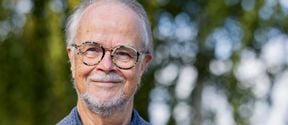A user-centred approach to smart building research
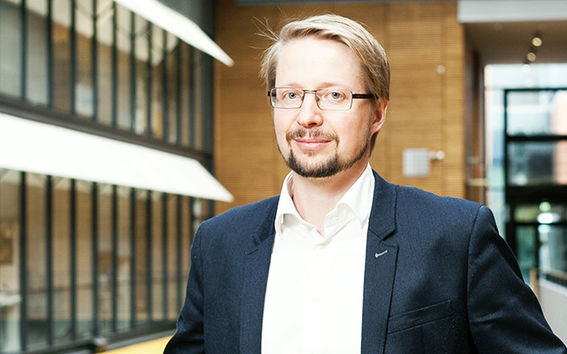
Heikki Ihasalo took up his position as Professor of Practice in the Department of Electrical Engineering and Automation on 29 August. His research area is building automation that focuses on smart building technologies. Ihasalo earned a PhD in technology from Aalto University in 2012 and also works as a senior consultant for Granlund, a company specialising in building technology design, consultancy and software services. Earlier, he led a consulting group that concentrated on improving energy management and efficiency in properties.
Digitisation will also change facility energy solutions
The government of Finland has launched a key project called KIRA-digi, which is aimed at accelerating renewal in the property and construction industry. The project applies to the entire built environment. The changes brought about by digitisation can be seen in many areas and, among others, the Internet of Things and big data are rapidly changing the way we do things, even in the traditional property sector.
'Online shopping is changing marketplaces, work is becoming even more mobile and teaching more engaging. This all has an effect on facility concepts, which in turn influences many other things, such as the energy solutions selected for those facilities.
Ihasalo wants to emphasise a user-centred approach in his work. Research focuses on the end user of the service or product.
A user-centred approach is important in order to make services functional and such that people can easily use the technology in their everyday life.
Pilots with existing smart technologies
A working life professorship in the field of smart construction is new, and the direction for research is gradually taking shape – also internationally.
The goal at Aalto is to start concrete piloting that utilises existing technologies: Everything that can be implemented with smart technologies that have already been developed. Exploiting these technologies would also contribute to building a test platform that companies could use. Numerous organisations are interested in collaboration, including equipment manufacturers, contractors and property owners.
Ihasalo lives in a 'very ordinary house', and for that reason he would like to involve pioneers who have constructed various smart solutions in their homes in his work. Their practical experiences would certainly be beneficial to research in the sector.
Photo: Aino Huovio
- Published:
- Updated:
Read more news
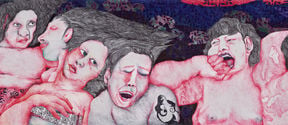
Aalto ARTS alum Vidha Samya’s artwork featured at the Venice Biennale 2024
The Pavilion of Finland presents ‘The pleasures we choose’ at the 60th International Art Exhibition – La Biennale di Venezia until 24 November 2024.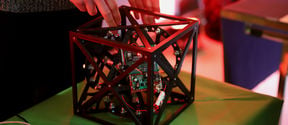
IoT Forge donates EUR 1 million to the School of Engineering
The donation will be used for research and education on the Industrial Internet and digital twins.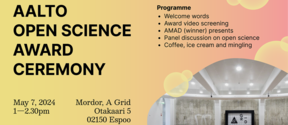
Join us for the first Aalto Open Science Award Ceremony
All Aaltonians are welcome – no registration required!